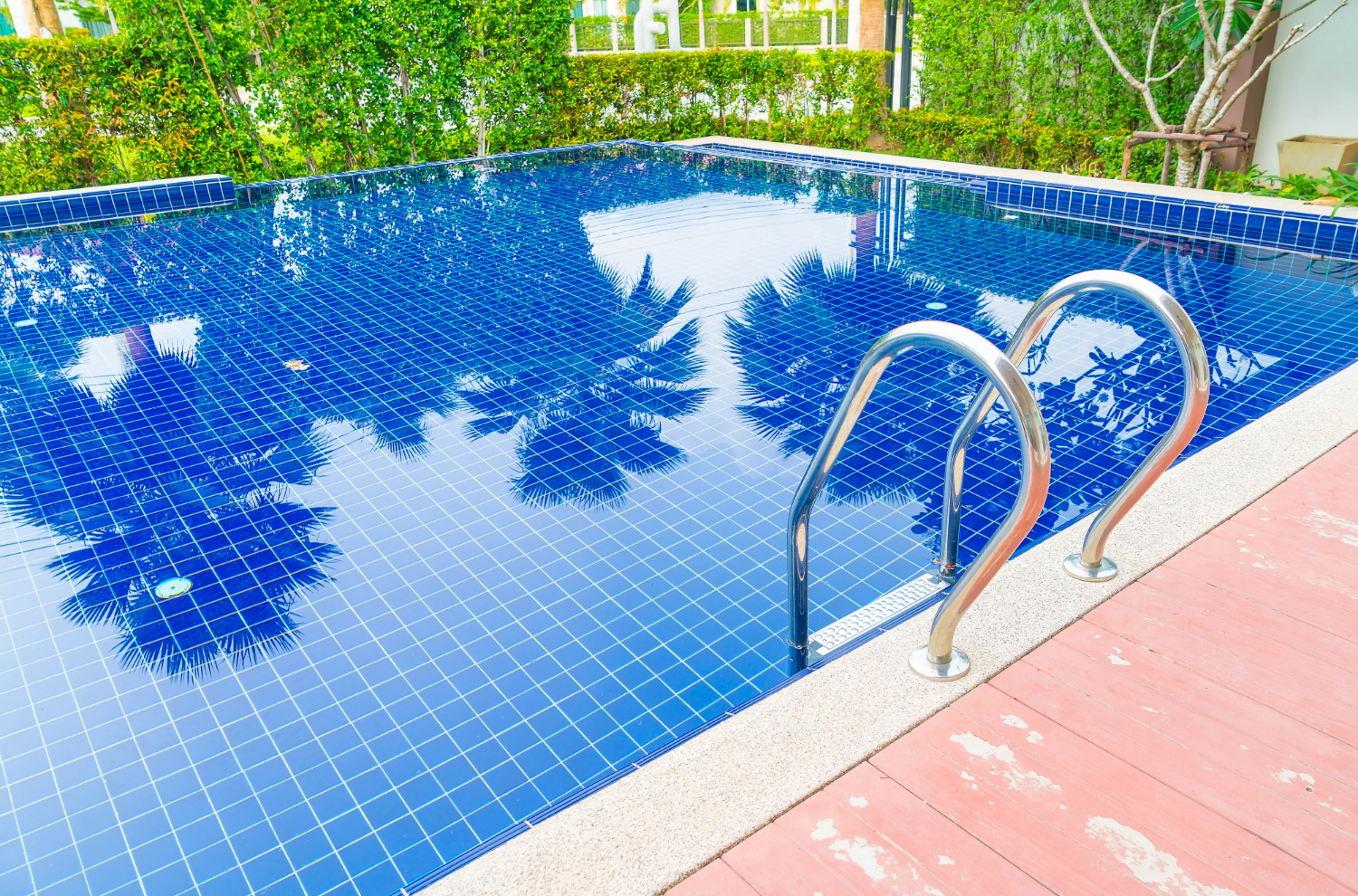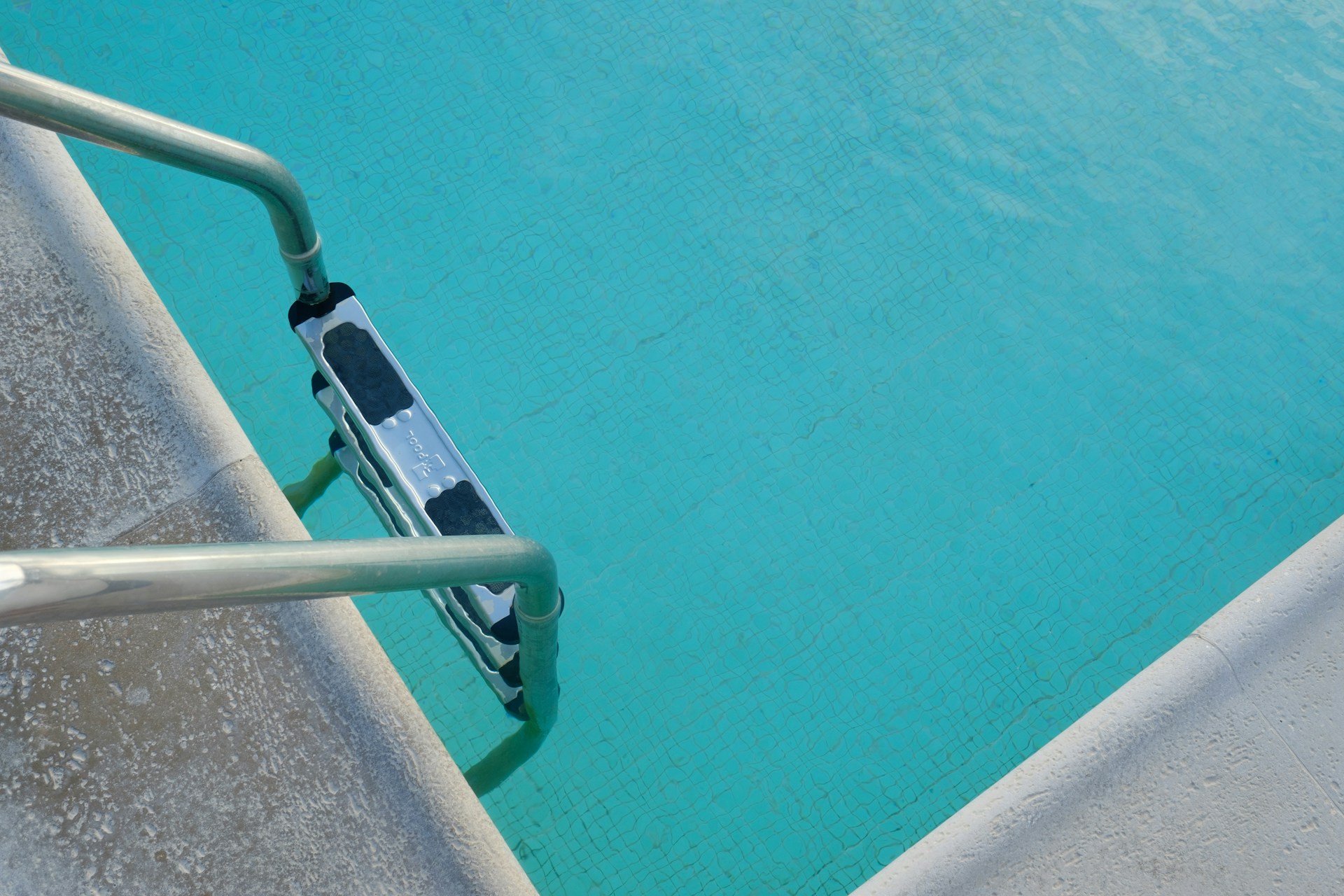A pool cover might not be the most exciting part of having a pool, but it’s definitely one of the most important. The right pool cover can help keep your pool clean, safe, and in good condition year-round. Whether you want to keep out leaves during fall or maintain the water temperature, a pool cover is essential for every pool owner.
You might not realize it, but there are several types of pool covers, each serving different purposes. From safety covers to solar covers, it’s important to understand the differences so you can make the best choice for your backyard pool. Choosing the right pool cover can save you time, money, and a lot of hassle.
Benefits of Using a Pool Cover
Using a pool cover comes with many benefits that can make owning a pool even more enjoyable. One of the biggest advantages is keeping your pool clean. A pool cover prevents leaves, dirt, and debris from getting into the water, which means less cleaning for you. With a cover, your pool’s filtration system won’t have to work as hard, saving you time and money on maintenance.
Safety is another major benefit of using a pool cover. Many covers are designed specifically to prevent accidents by keeping children and pets from falling into the water. Safety covers are strong and durable, providing peace of mind when the pool is not in use.
A pool cover also helps keep the water warm. Solar covers, in particular, can capture the sun’s heat and transfer it to the pool water, reducing the need for a pool heater. Even non-solar covers help to retain heat, which is great for extending your swimming season.
Additionally, using a pool cover reduces water evaporation. This not only helps to conserve water but also means you won’t need to refill your pool as often. Less evaporation also means that the chemicals you add to your pool last longer, helping you maintain balanced water chemistry more easily.
Types of Pool Covers for Different Needs
There are several types of pool covers to choose from, each catering to different needs. Knowing the options will help you select the best cover for your backyard pool.
1. Safety Covers: These covers are strong and durable, designed to prevent accidents by keeping children and pets safe. They are usually made from mesh or solid materials and can support a significant amount of weight. Safety covers are anchored to the pool deck, providing a secure barrier.
2. Solar Covers: Solar covers are made from a special type of plastic that helps capture the sun’s heat. They float on the water’s surface and can raise the pool’s temperature by several degrees. They also help reduce water evaporation and save on heating costs.
3. Winter Covers: Winter covers are heavy-duty covers designed to protect your pool during the off-season. They keep out debris and prevent algae growth, making pool opening in the spring much easier. Winter covers are usually anchored to the pool deck and have a long lifespan.
4. Automatic Covers: These covers can be opened and closed with the push of a button. They offer convenience and can be used daily to keep the pool clean and safe. Automatic covers provide excellent safety features and help in maintaining water temperature and cleanliness.
5. Thermal Covers: Made from thick, insulating material, thermal covers are excellent for retaining heat. They are ideal for pools in colder climates or for extending the swimming season. Thermal covers also help reduce evaporation and save on heating costs.
Each type of pool cover has its own specific benefits, so consider what’s most important for your needs. Whether it’s safety, convenience, or energy efficiency, there’s a pool cover that will fit your requirements perfectly.
Factors to Consider When Choosing a Pool Cover
Choosing the right pool cover involves considering several important factors. Each pool and backyard setup is unique, so think carefully about what you need for your specific situation.
1. Safety: If you have children or pets, safety is a top priority. Safety covers are designed to prevent accidents by providing a sturdy barrier. Make sure the cover you choose can support weight and is securely anchored to the pool deck.
2. Climate: Your local climate affects what type of cover is best for you. If you live in a colder area, a thermal cover can help retain heat and extend your swimming season. In warmer climates, a solar cover can maintain water temperature while reducing evaporation.
3. Ease of Use: Consider how often you’ll be using the cover. Automatic covers are convenient for daily use since they open and close with the push of a button. Manual covers might be more affordable but can be cumbersome if used frequently.
4. Pool Size and Shape: Measure your pool’s dimensions accurately to ensure you get a cover that fits perfectly. Some covers are custom-made to fit irregular shapes, while others come in standard sizes.
5. Budget: Pool covers come in a range of prices. Determine your budget beforehand and look for covers that offer the best value while meeting your needs. More expensive covers often offer better durability and features, but there are also affordable options that work well.
6. Durability: Look for materials that are strong and long-lasting. Read reviews and check warranties to make sure you’re getting a cover that will stand up to regular use and weather conditions.
By considering these factors, you can choose a pool cover that fits your lifestyle, budget, and specific needs, ensuring you enjoy all the benefits a cover has to offer.
Tips for Maintaining and Using Your Pool Cover
Proper maintenance and correct use of your pool cover can greatly extend its lifespan and ensure it functions properly. Here are some helpful tips:
1. Regular Cleaning: Keep your pool cover clean by removing debris, such as leaves and dirt, regularly. Use a soft brush or a pool cover pump to clean off any buildup. This prevents damage and keeps the cover looking good.
2. Proper Storage: When your pool cover is not in use, store it properly to avoid damage. Roll or fold it neatly and keep it in a dry, shaded area. Some covers come with storage bags or reels, which are very helpful.
3. Check for Damage: Regularly inspect your pool cover for any signs of wear and tear. Look for holes, tears, or weakened areas and repair them promptly. Most small repairs can be done with a patch kit.
4. Use the Cover Correctly: Follow the manufacturer’s instructions for installation and removal. Ensure that the cover is securely in place, especially if you are using it for safety purposes. A improperly secured cover won’t provide the protection you need.
5. Avoid Heavy Loads: Don’t let heavy objects, people, or pets use the pool cover as a walkway. This can cause damage or weaken the cover over time. If a significant amount of snow accumulates, carefully remove it to avoid excessive weight.
Maintaining your pool cover properly will help you get the most out of your investment, ensuring it lasts longer and keeps your pool in great condition.
Conclusion
Selecting the right pool cover is essential for keeping your pool safe, clean, and energy-efficient. By understanding the benefits, knowing the different types available, and considering important factors like safety and climate, you can make an informed decision that suits your specific needs. Proper maintenance of your pool cover ensures it remains effective for years to come.
With the right pool cover, you can enjoy a cleaner, safer, and more cost-effective pool experience. Whether you need a cover for safety, energy saving, or simply to keep debris out, choosing the right one can greatly enhance your backyard oasis.
Are you looking for pool supplies in Cincinnati, Ohio? Visit Cincinnati Pool & Patio to explore our wide range of high-quality options. Our experts are here to help you choose the best cover to meet your needs. Make a great choice for your pool and enjoy all the benefits today!





